Are you a fan of Japanese cuisine? You’ve probably heard of soba – those simple yet traditional buckwheat noodles. But the world of soba is vast, with countless regional variations. Even seasoned Japanese food enthusiasts might be surprised by the sheer diversity! Today, we journey to Hokkaido, the northern island, to spotlight a popular specialty: Nishin Soba. Join us as we explore its history, the best ways to enjoy it, and share recipes and restaurants for an authentic taste of Hokkaido!
What is Nishin Soba?
Nishin soba is a traditional Japanese dish featuring kake soba (hot soba noodles in broth) topped with simmered dried herring. It’s a popular specialty in both Hokkaido and Kyoto. While the classic version includes just noodles and herring, variations may add toppings like shredded nori, green onions, kamaboko (fish cake), grated yam, or egg.
How to enjoy?
The simmered herring topping is cooked until tender, making it easy to flake apart with chopsticks. As you break up the herring, its rich flavors infuse the broth, creating a deeper taste as you eat. You can also enjoy the herring on its own as a tasty side dish with sake. The sweet and savory flavor complements the rice wine beautifully.
“Nishin” in Hokkaido
Migaki nishin, the dried and deboned herring used in this dish, is a specialty of Hokkaido. During the Edo period, Hokkaido experienced abundant herring catches, leading to the creation of migaki nishin for preservation and distribution. This product became especially valuable in inland areas far from the sea.
The word “nishin” (鯡) has a special meaning in Hokkaido. During the island’s prosperous herring fishing era, people compared the fish’s abundance to the blessings from parents. Thus, the character for “nishin” can also be written as “二親,” which literally means “two parents.”
Nishin is not only culturally important but also nutritious. It’s rich in monounsaturated fatty acids like oleic acid and icosenoic acid, believed to reduce bad cholesterol. It also contains polyunsaturated fatty acids like DHA and EPA, known for their potential benefits in preventing heart disease and high blood pressure. Plus, nishin is a good source of vitamins B6 and B12, crucial for metabolism, immunity, and nerve function.
Hokkaido’s waters support several herring populations, each with different spawning grounds and seasons. The most prominent are the Hokkaido-Sakhalin and Ishikari groups. They spawn between late March and late June, and late January and late May, respectively. During these times, the herring are especially fatty and flavorful, perfect for cooking.
The Origins of Nishin Soba
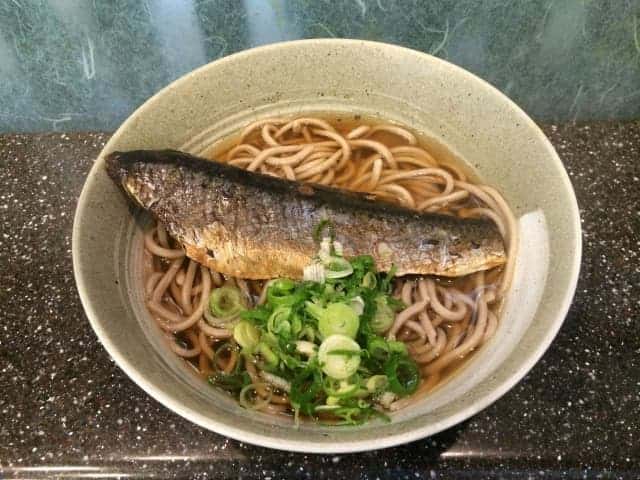
Nishin Soba has a rich history intertwined with the island’s fishing heritage. While Kyoto is known for its own version, the dish holds a unique place in Hokkaido, representing resourcefulness and a connection to the sea.
During the late Edo and Meiji periods, Hokkaido’s coastal communities thrived on herring fishing. Each spring, a spectacle called “kunki” unfolded as massive schools of herring returned to spawn, turning the sea white. Back then, without refrigeration, preserving the catch was vital. People dried and deboned the herring, creating “migaki nishin,” a shelf-stable protein source.
Migaki nishin became valuable throughout Japan. Ships carried it south along the Kitamaebune trade route, introducing it to regions like Kyoto. This sparked culinary innovation, leading to various herring dishes, including Nishin Soba.
Kyoto’s Nishin Soba has delicate flavors, while Hokkaido’s version is bolder and sweeter. This showcases regional diversity in Japanese cuisine. In Hokkaido, Nishin Soba’s roots trace back to the Yokoyama family, prominent figures in Esashi Town’s herring fishing industry. Their recipe, passed down through generations, likely shaped Hokkaido’s unique Nishin Soba.
The herring fishing boom ended in the mid-20th century due to overfishing and environmental changes. But the legacy lives on in Nishin Soba and other herring dishes. Today, Nishin Soba represents Hokkaido’s rich culinary traditions and the spirit of its people, who transformed a humble fish into a cherished symbol.
Difference between Nishin soba in Hokkaido and Kyoto
The differences between Hokkaido and Kyoto’s nishin soba are quite distinct, primarily in taste and presentation. Hokkaido’s version features a sweet broth made with dark soy sauce, offering a richer flavor, and is typically garnished with shredded nori and white onions.
In contrast, Kyoto’s nishin soba uses light soy sauce, resulting in a saltier broth, and is often topped with kujo negi, a type of green onion. Additionally, Kyoto’s Matsuba restaurant, credited with originating the dish, offers unique variations like “cold nishin soba” and “nishin donburi” (a rice bowl topped with herring), which are not commonly found in Hokkaido. These regional distinctions reflect the local tastes and culinary traditions of each area.
Recipe of Hokkaido Nishin Soba
Ingredients (for 2 servings)
| Ingredient | Amount |
|---|---|
| Soba noodles | Enough for 2 servings |
| Dried herring (migaki nishin) | 2 pieces |
| Water | 1/2 cup |
| Soy sauce | 1 1/2 tablespoons |
| Sugar | 1 tablespoon |
| Sake | 1 tablespoon |
| Ginger | 1 piece |
| Water (for soba broth) | 4 cups |
| Soy sauce (for soba broth) | 4 tablespoons |
| Mirin (for soba broth) | 4 tablespoons |
| Bonito flakes | A handful |
| Tororo kombu (shredded kelp) | 2 pinches |
| Leek | 1/2 stalk |
Instructions
Cut the herring in half. In a pot, add water, soy sauce, sugar, sake, and sliced ginger. Simmer the mixture and set aside. Slice the leek diagonally.
In another pot, combine water, soy sauce, mirin, and bonito flakes. Bring to a simmer for 1-2 minutes, then turn off the heat. Once the bonito flakes settle, strain the broth.
Cook the soba noodles and place them in bowls filled with the soba broth. Top with the simmered herring, sliced leek, and tororo kombu. Enjoy!
Recommended Restaurants
Sohonke Nishin-Soba Matsuba
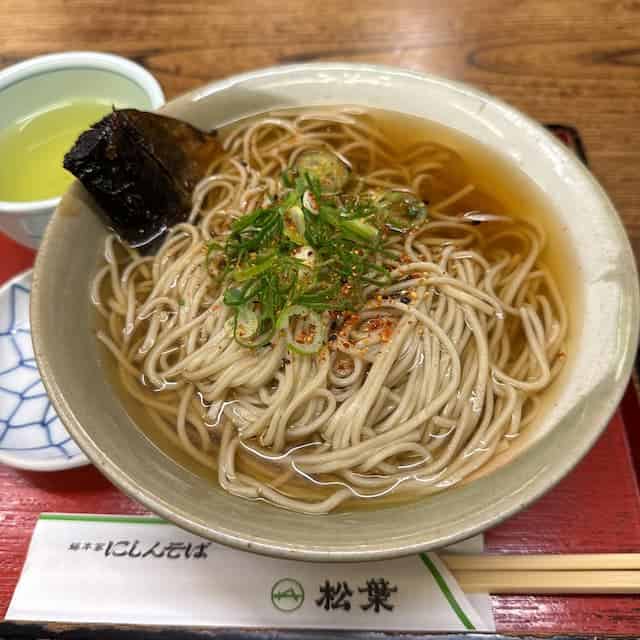
If you’re seeking an authentic taste of Kyoto, look no further than Sohonke Nishin-Soba Matsuba. Established in 1861, this venerable restaurant holds the distinction of being the birthplace of nishin soba, a dish now synonymous with the city’s culinary scene. The second-generation owner’s ingenious creation in 1882 has delighted countless diners over the years, and today, Matsuba remains a must-visit destination for both locals and visitors alike.
At Matsuba, tradition meets innovation. The signature nishin soba features tender herring simmered in a sweet and savory broth, served atop a bed of delicate buckwheat noodles. The herring is thoughtfully placed beneath the noodles, allowing its flavors to infuse the broth and create a truly harmonious experience.
Whether you’re starting your Kyoto adventure at their convenient Kyoto Station branch or seeking a more traditional setting at their main location near the Minami-za theater, Sohonke Nishin-Soba Matsuba promises an unforgettable culinary journey into the heart of Kyoto’s rich food culture.
Yabuhan Soba
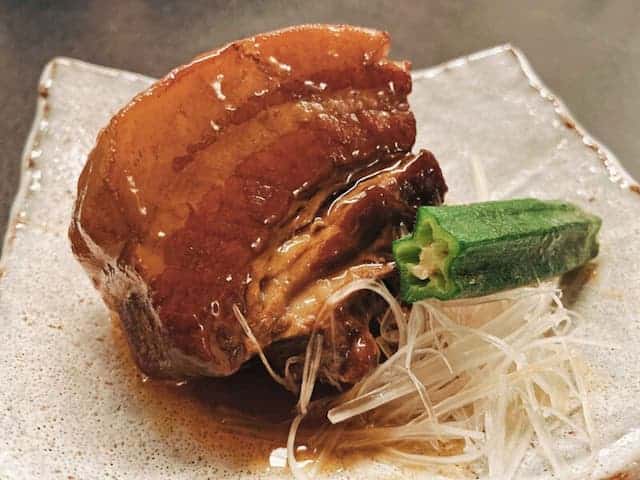
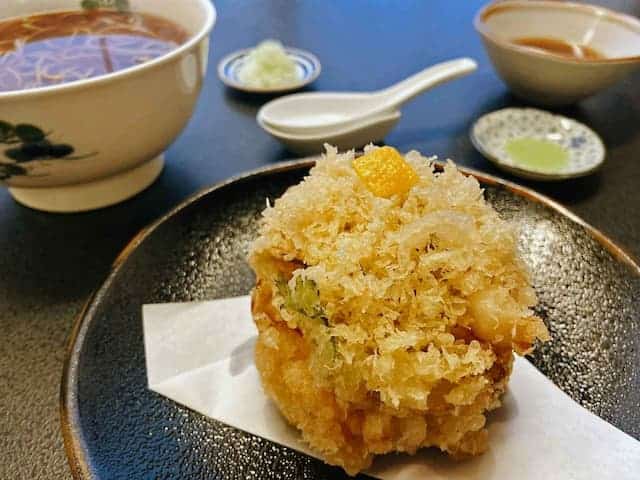
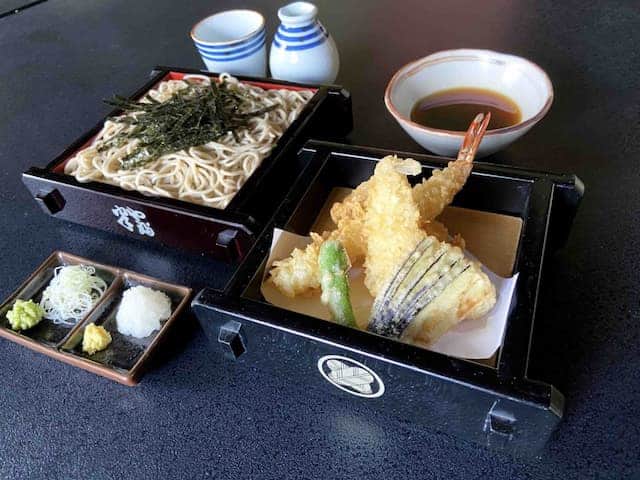
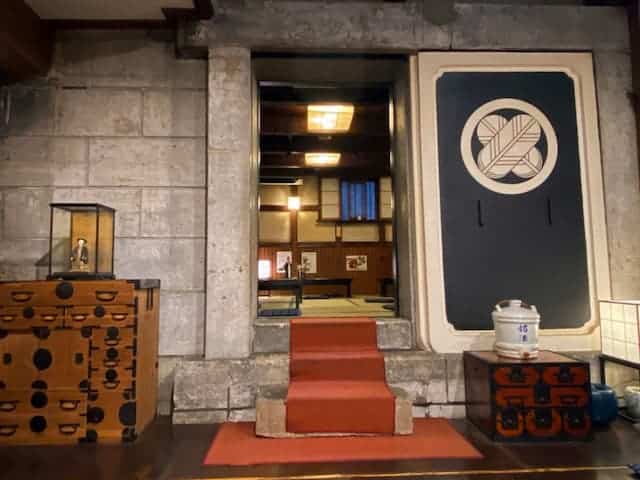
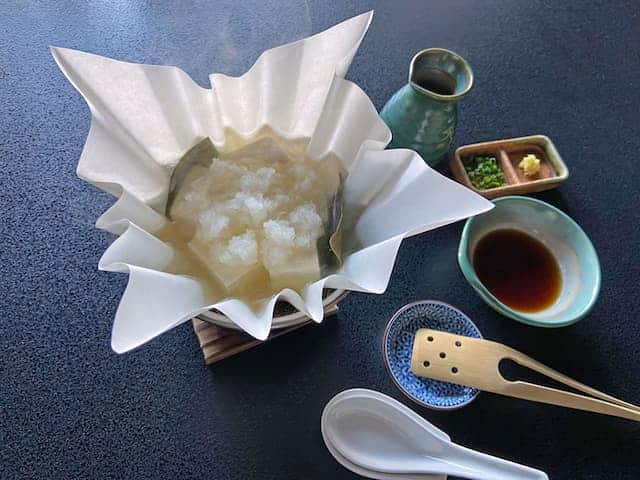
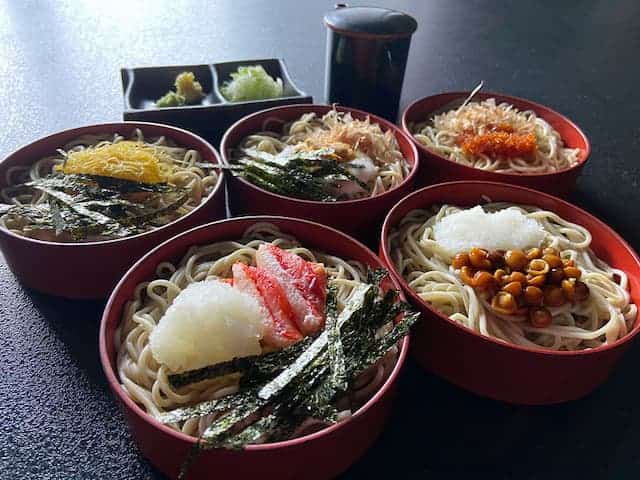
Picture this: slurping delicious soba noodles while gazing out at Otaru’s charming scenery. That’s what Yabuhan Soba offers! This popular spot is loved for its tasty food and its awesome atmosphere. They’ve got a huge soba menu – try the Nishin Soba with its sweet herring topping, or explore other exciting options. Plus, they have delicious side dishes too!
People line up even before they open, so you know it’s a must-try place in Hokkaido. But don’t worry, the friendly staff and cozy decor make the wait fly by. The portions are huge and they even have English menus, so everyone feels welcome. If you’re in Otaru, Yabuhan Soba is a must-try!
Takeaway
So, there you have it! Nishin Soba is a must-try when you’re in Hokkaido or Kyoto. We’ve explored its history, how to enjoy it, and even offered recipes and restaurant recommendations. Ready to give it a taste? Your next culinary adventure awaits!
Want to explore other kinds of Soba? See below!
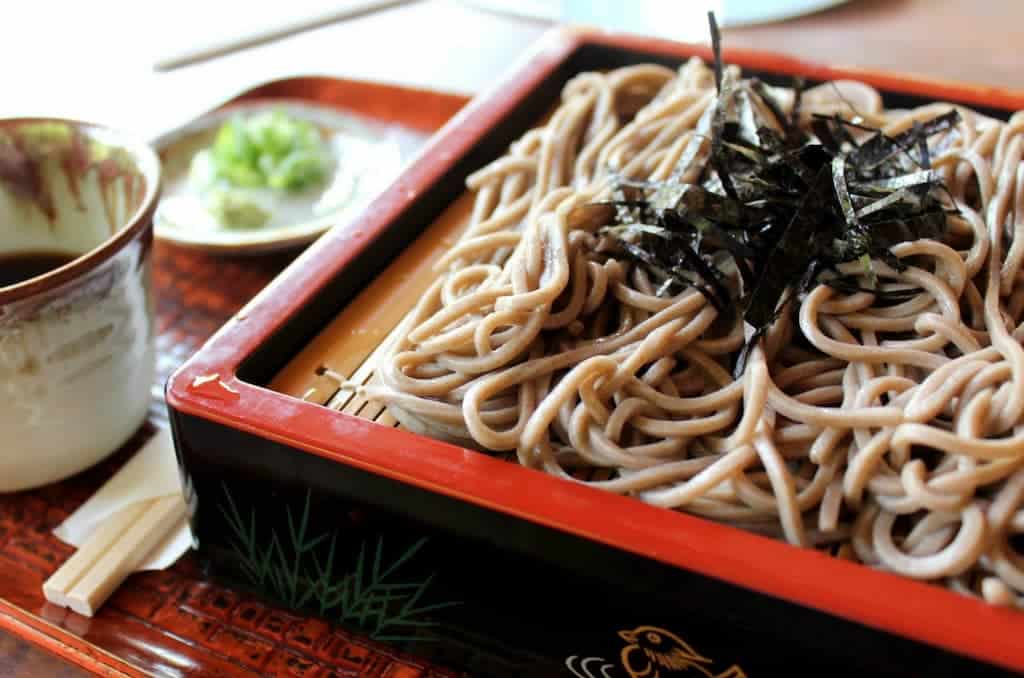
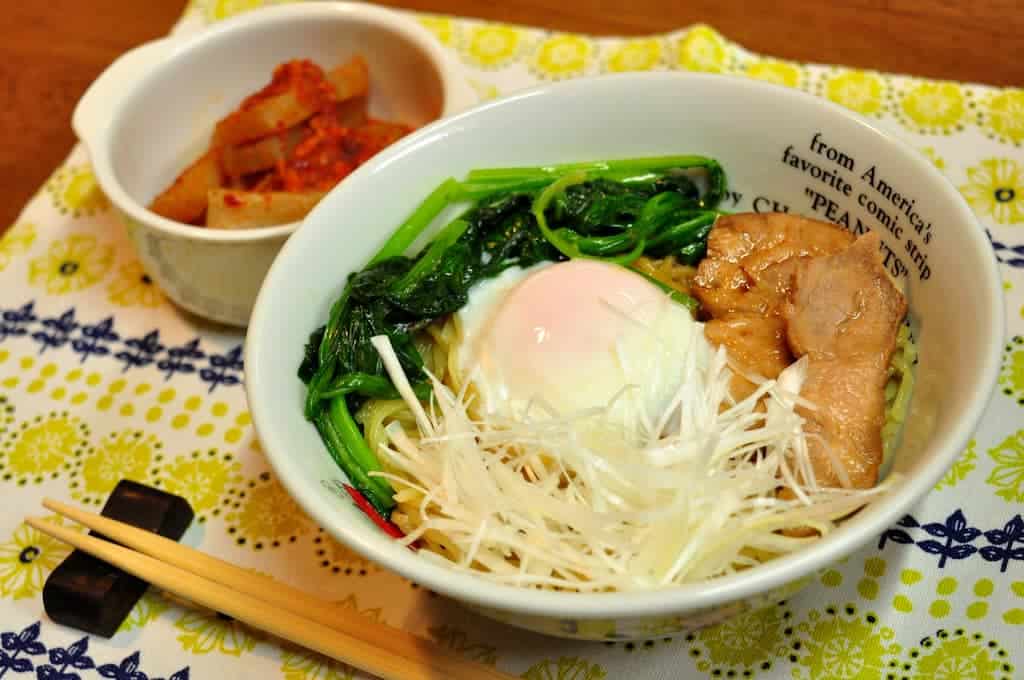
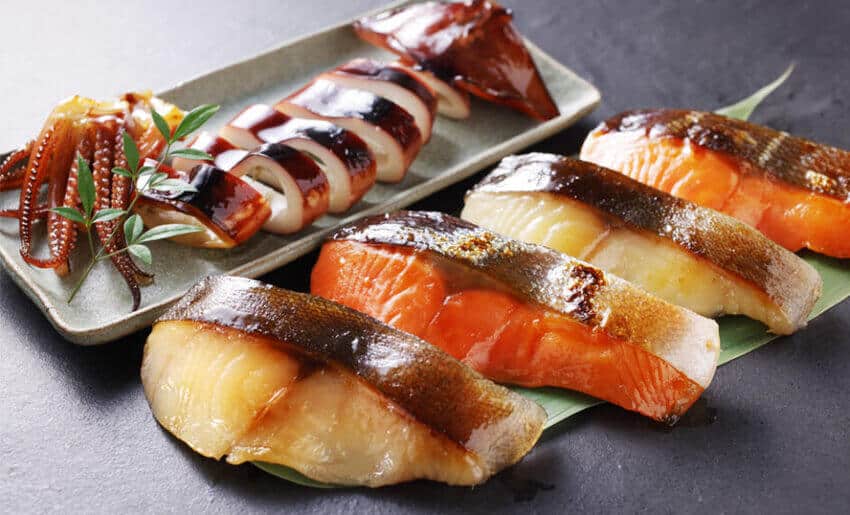

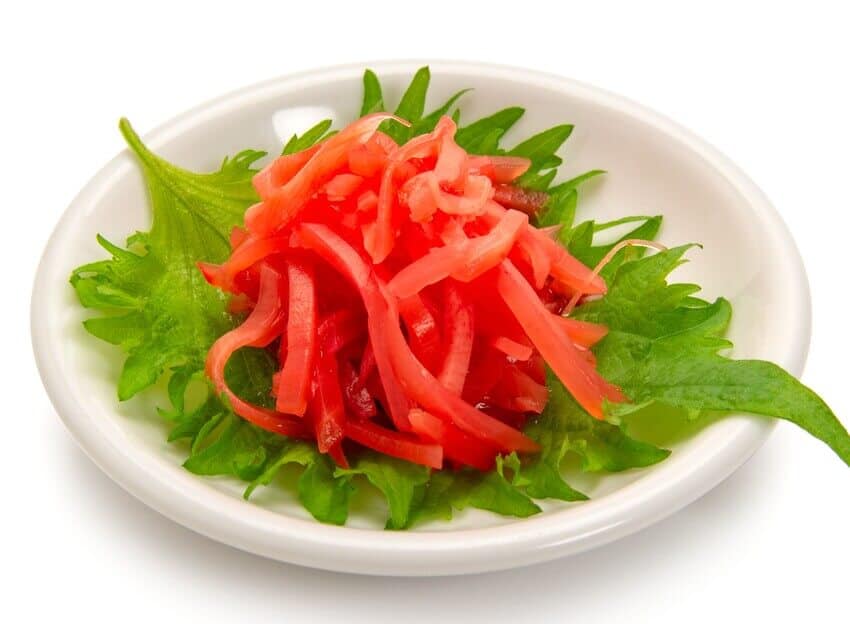
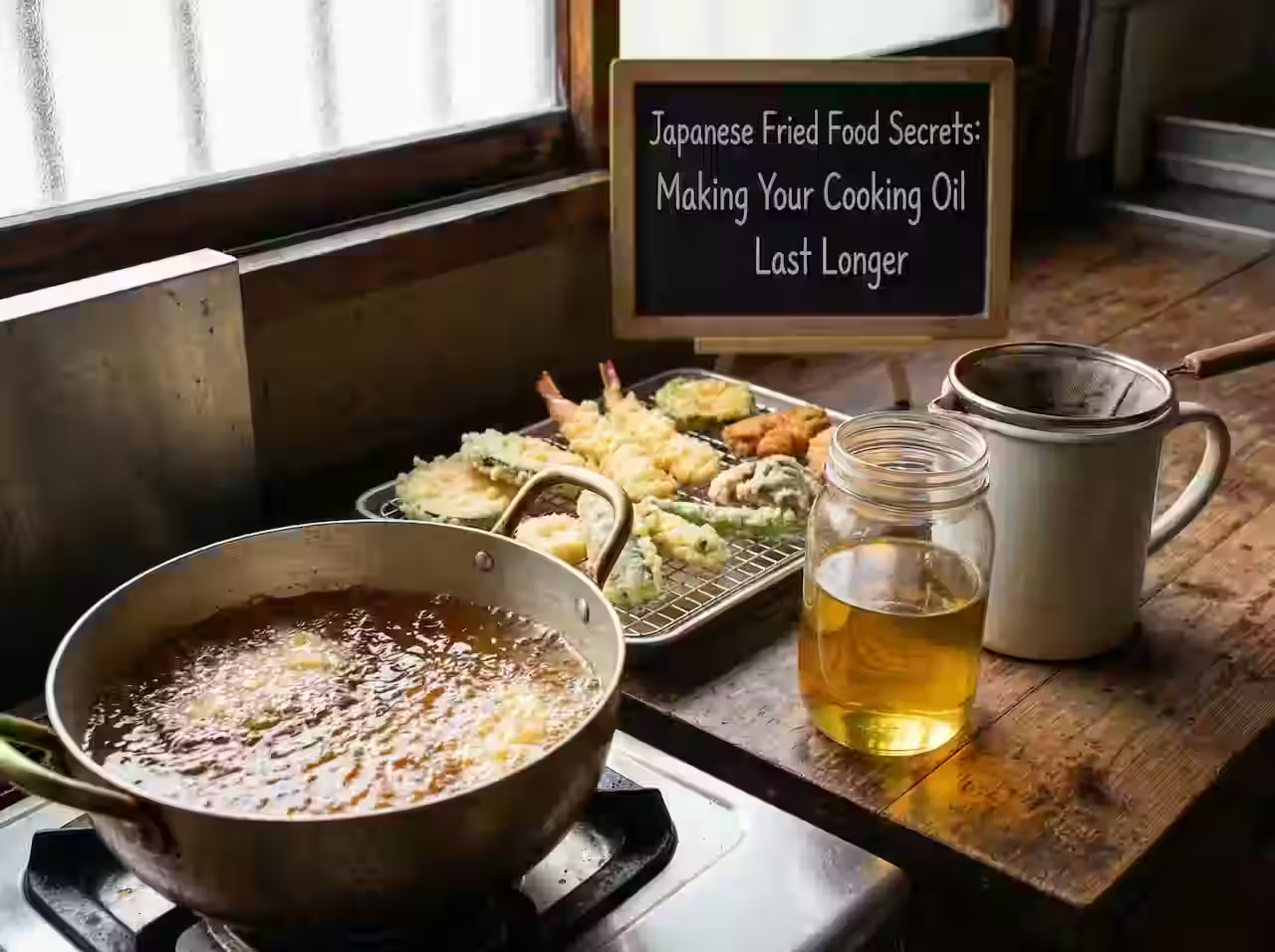
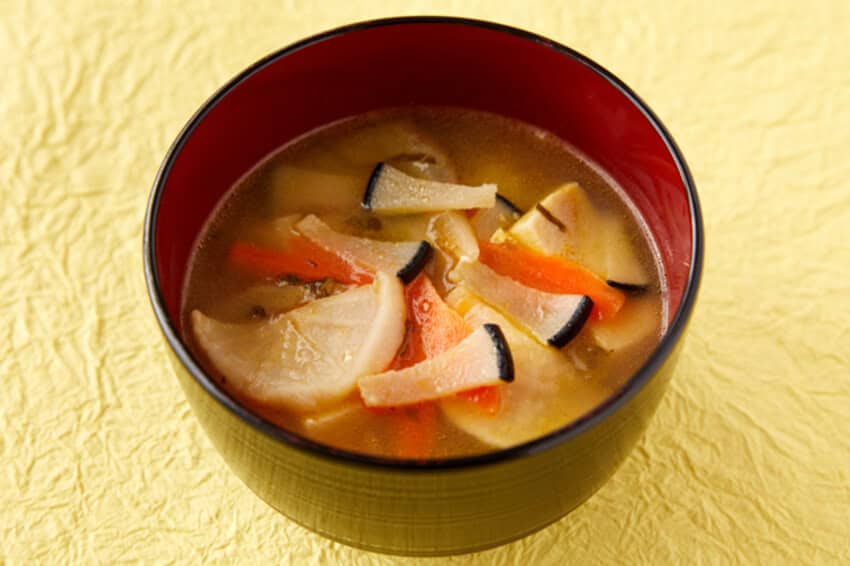

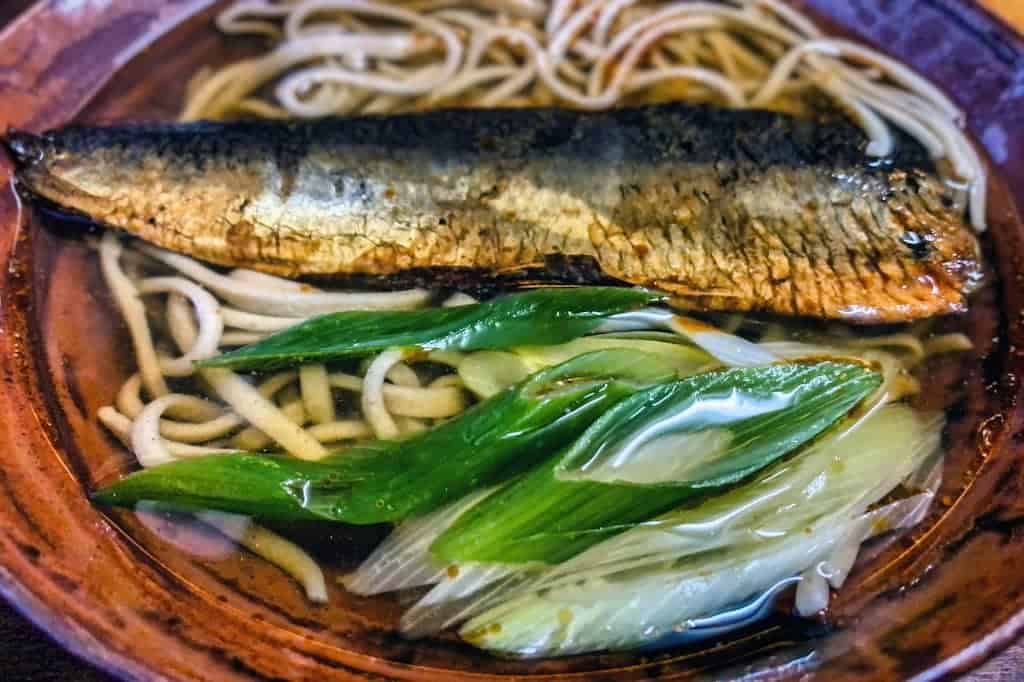
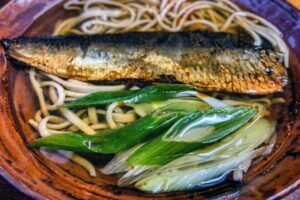
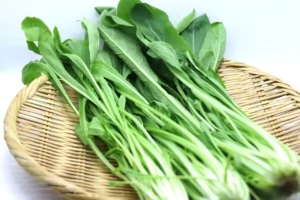
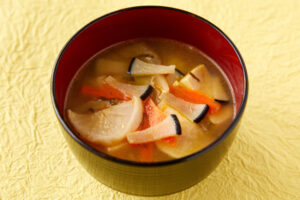

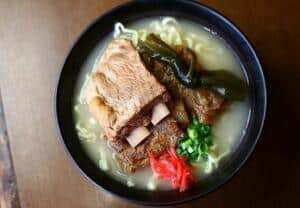
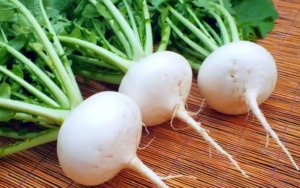
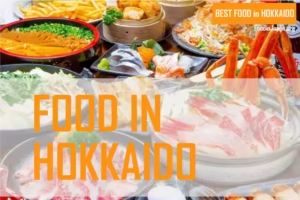
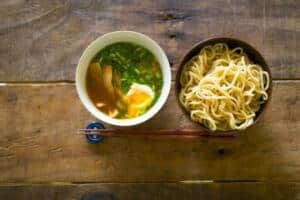
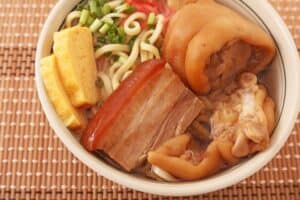
Comments